For designing national capital complex (vidhan sabha) the three approaches may be categorized as follows:
- Capital complex as beyond politics.
- Capital complex as microcosm.
- Capital complex as idealization.
Capital Complex As Beyond Politics
When an architect is designing a building to serve the need and symbolize the aim of political leaders, his or her protestation of political disinterest sound either hollow or insincere. This does not mean, however, that architects must promote some unequivocal political message though their buildings or play an active role in ongoing political conflicts.
The architecture of government building is political architecture. It is often a matter of putting the best possible face or whatever exits, a wide means to serve narrow ends. Capital complex design is inexorably a product of the political conditions prevailing at the time of the commission and construction.
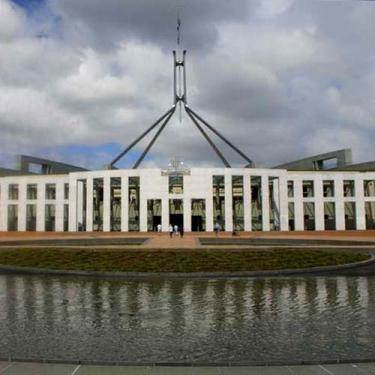
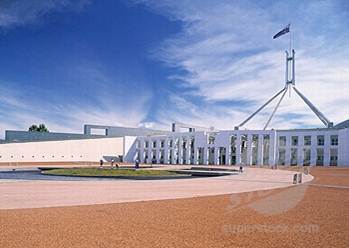
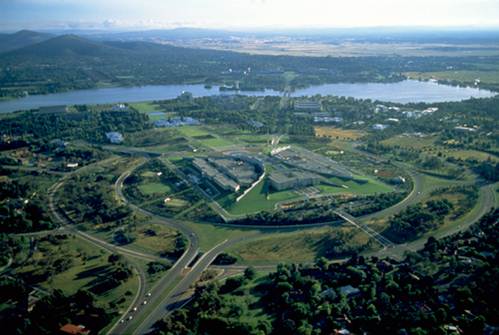
Example: Australia Parliament Building
Capital Complex As Microcosm
To the extent that an accurate microcosm reflects poorly on the status of parliamentary institution or gives symbolic credence to group who are opposed to the government, the approach that the capital complex as a macrocosm is likely to be unacceptable to the government leaders who sponsor architect and urban designers. Most government clients have vested in promoting the idea of a national assembly and wish to see their own biases enshrined.
Perhaps it is deeply rooted condition of contemporary professionalism that architects and urban designers need not believe in the aims of their client to serve and serve well. It is possible to develop a capital complex that is an accurate microcosm of extant political relations, both among institutions and among cultural groups, a juxtaposition that reveals the true hierarchy of rule.
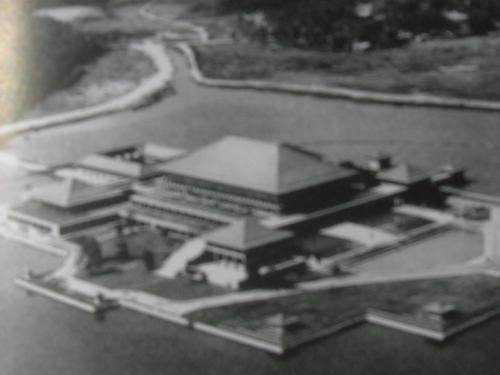
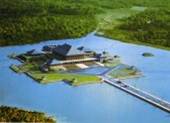
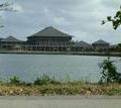
Example: Sri Lanka Parliament Building
Capital Complex As Idealization
If the changing and often unflattering nature of existing power politics makes the task of designing a microcosm either impossible or undesirable, should the designer attempt instead an idealization of political institutions and intergroup relations? Every design solution is to some extent an idealization of political realm. A capital complex is always a kind of crude diagram of power relations, but there is no direct correlation between a practical diagram and a particular organization. The danger here is that idealization will be used not to anticipate some more perfect future order but to mask the severe abuses of power in the present.
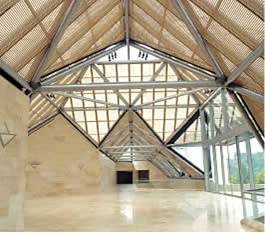
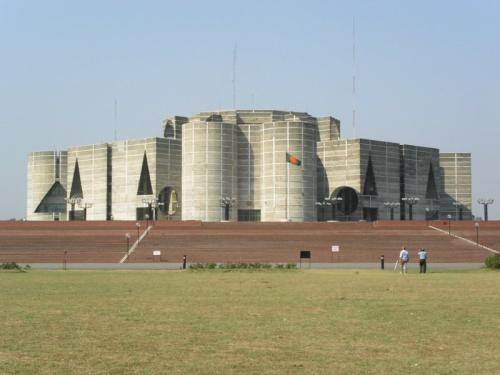
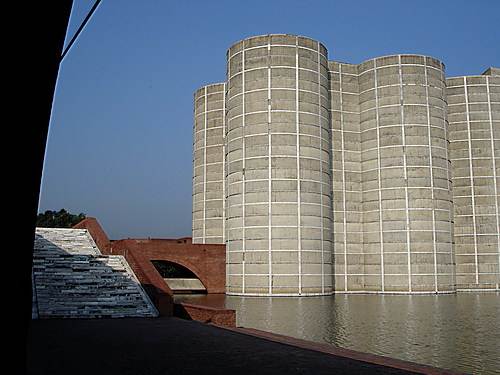
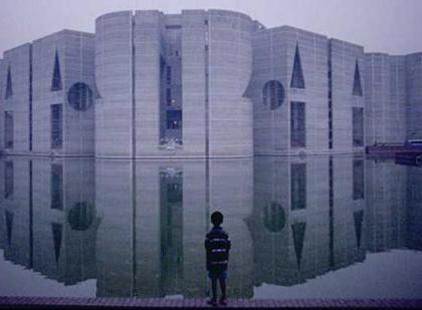
Example: Dhaka Assembly Complex
Vernacular Architecture
Vernacular architecture is a term used to categorize methods of construction which use locally available resources and traditions to address local needs. Vernacular architecture tends to evolve over time to reflect the environmental, cultural and historical context in which it exists. It has often been dismissed as crude and unrefined, but also has proponents who highlight its importance in current design. It can be contrasted against polite architecture which is characterized by stylistic elements of design intentionally incorporated for aesthetic purposes which go beyond a building’s functional requirements.
The building knowledge in vernacular architecture is often transported by local traditions and is thus based largely – but not only – upon knowledge achieved by trial and error and handed down through the generations, in contrast to the geometrical and physical calculations that underlie architecture planned by architects. This of course does not prevent architects from using vernacular architecture in their designs or from being firmly based in the vernacular architecture of their regions. For the similarities to “traditional architecture” see below.
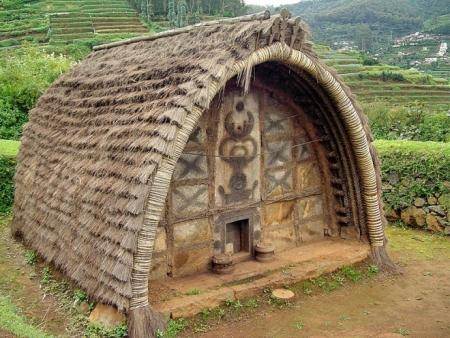
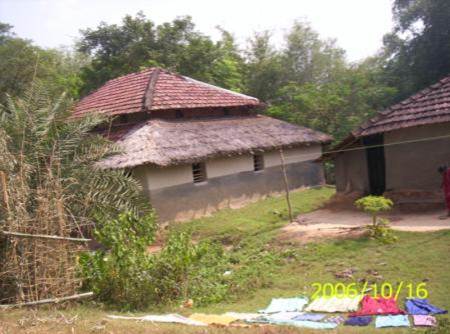
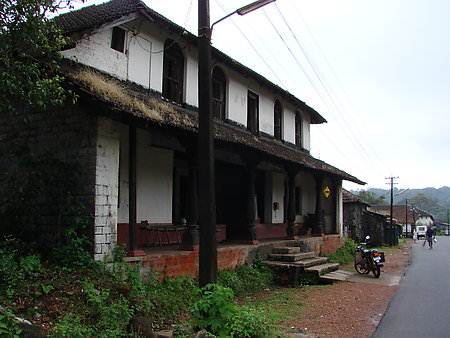
Example: Indian Vernacular Architecture
Indian vernacular architecture is the informal, functional architecture of structures, often in rural areas, of India, built of local materials and designed to meet the needs of the local people. The builders of these structures are unschooled in formal architectural design and their work reflects the rich diversity of India’s climate, locally available building materials, and the intricate variations in local social customs and craftsmanship. It has been estimated that worldwide close to 90% of all building is vernacular, meaning that it is for daily use for ordinary, local people and built by local craftsmen.
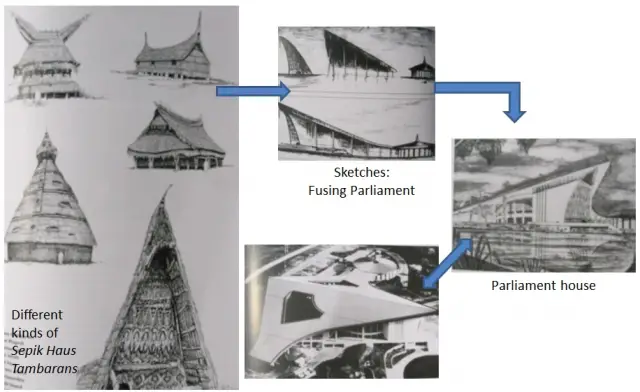
Example: Papua New Guinea’s Concrete Haus Tambaran (1984)

Leave a Reply
You must be logged in to post a comment.